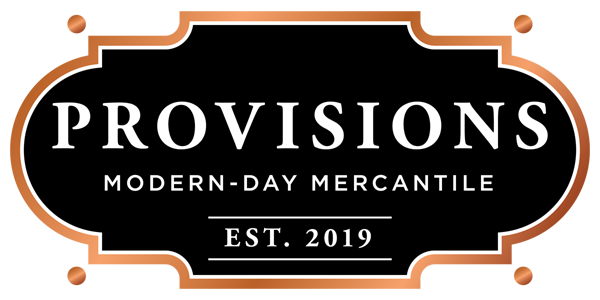5 tips I wish I had known when opening a retail shop
“I’ve learned that people will forget what you said, people will forget what you did, but people will never forget how you made them feel.”
Below are 5 tips that I wish we would have had a better understanding of before launching our shop in West Asheville. For the longtime retail shop owner, you probably take these tips as very basic. For the new owner, it would be very beneficial to break out each of these 5 tips and reflect on how you will implement/prepare for solutions.
People purchase based on emotion more than anything.
People buy from people they “like”. As human beings, we love, and long, for human connection. Setting a “feel” in a retail setting sparks emotion for any customer that walks through your doors. In a retail setting, a transaction only occurs if the paying customer has a need, the retailer has a solution to that need, and the customer is willing to pay the retailer for the solution. Emotions work for (or against) the retailer to wrap up the transaction in a bow.
A common misconception here is that product price is the most important. Clearly price is not the defining reason of a purchase.
Product packaging is more important than the product itself.
People purchase beautiful things. Product packaging conveys more about a product than the actual function, taste, efficiency, or effectiveness of the product itself. A common mistake is products that do not offer a “window” to show the customer exactly what they are getting in a beautiful way. Here is an example of a beautiful new product packaging that we soon will carry in our shops.
Cash flow is king compared to profits over the first 11 months of the year. Profit trumps all in the 12th month.
Profits are the ultimate goal in retail and in successfully managing a small business for the long-term, but, profits are not as important monthly as cash flow. In a retail setting, inventory is opportunity. The more inventory, the more opportunity for sales, but also, the more risk of not selling too. A well-curated, full shop draws to the customer appeal more than a shop with inventory on a shoestring budget. Holidays are the premium time for sales and a need for increased inventory. To maximize profits, we focus heavily on working down our inventory and maximizing our profits in December. The other 11 months, we build inventory methodically, and focus on maximizing our cash flow.
No one buys the last "one" of any item. It's uncanny.
If we have “one” last item on the shelf, it will sit there forever. Whether this was the best selling item we ever had, or the slowest moving inventory item, the last one hardly ever sells. I wish I had known that ahead of time. Now we put the last one in custom gift baskets, giveaways, or heavily re-stock.
Understand the 80-20 rule. 80% of the store inventory should stay consistent, reliable, and familiar. 20% should be wild & free to take risk.
Our returning customers love to see new and exciting products in our shops. As a staff, our team loves to see new products coming in to keep things fresh and fun. In reality, customers like familiarity when they shop. At every grocery store and big box store, you pretty much know where to go for the items you need. We have learned that 80% of our inventory needs to stay close to where we have it curated for familiarity, and then go wild and flip about 20% of our inventory regularly. If you walk in our shops with friends or family, it is comforting and fun to know where items are in the shop and show them to people. It took us a while to understand this idea.
Let me know your what I missed. Stop in sometime and say hello. We are likely staging inventory, planning for a holiday, or in deep conversation with a new friend of Provisions.
Cheers,
Matt

